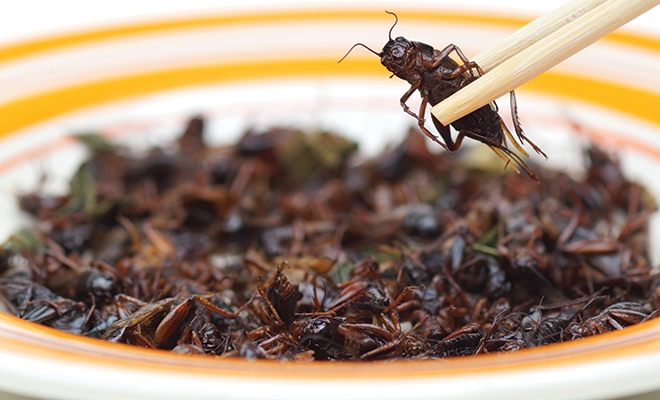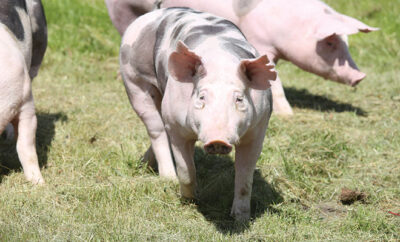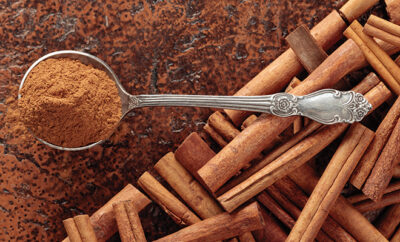
Alternate Food Sources
“Waiter, there’s a bug on my plate.” “Well, be quiet, or everyone will want one.”
If you garden, you see a parade of insects over the seasons. Digging up the soil in the spring brings up grubs. As summer follows spring, beetles and caterpillars are inspected so that pests can be banished from plants. The songs of cicadas punctuate lazy summer days, and the nighttime is filled with the chirping sound of crickets.
There is an abundance of insect life all around us. But before people ever tended gardens, or crops, or livestock, insects were a part of their diet. It’s a fact; the bugs we seek to dispatch in our yards and gardens were once valued as a source of protein and served as the main course.
The merits of feasting on bugs are well documented throughout history. Pliny, the first-century Roman author, noted that upper-class Romans enjoyed eating beetle larvae. The Greek philosopher Aristotle wrote about the ideal time to
harvest cicadas; capture them, newly emerged from the ground, just before they shed their shells. And in the New World, in the mid-1800s, Paiute Indians were observed making cricket flour. First they dug large trenches, then filled them with straw. After driving crickets into these traps, the straw was set on fire. Once cooked, the crickets were gathered and ground up to use as a high-protein flour.
Today, many cultures still enjoy dining on insects. In Africa, termites may be fried or roasted. One favorite dish in Japan is inago, fried grasshopper. And in Brazil, a special dish features dragonflies, de-winged and boiled in coconut milk, with ginger and garlic. Some Latin American countries roast tarantulas and ants. More than 2 billion people, about 80 percent of the world, consider insects a food source.
Yet in America and most of Europe, people don’t feast on insects. The closest they get are the ocean arthropods, shrimp and lobster. If you’ve ever cleaned shrimp, it’s easy to see that they are in the same family as crickets, flies and spiders. Yet I have never heard of a traditional recipe, passed down from generation to generation, that features crickets or grubs or grasshoppers. Why is it that certain cultures reject eating insects?
One reason we prefer livestock and crops may be that we evolved thinking of insects as the enemy. Insects can destroy the crops that we rely on to feed people and livestock. Therefore, insects are adversaries that must be destroyed. But no one is keen about eating them. The idea is so taboo that reality shows such as Fear Factor feature people being challenged to eat gross foods, including beetles and spiders.
Does the thought of eating insects turn your stomach? Well, the truth is, you already are. Insects that live in and on our crops are harvested and processed along with our food. Insect parts are found in processed foods such as rice, flour, tomato sauce, peanut butter, coffee and herbs. And a culinary trend toward eating bugs is just beginning; in New York and California, some restaurants and food trucks offer meals of grasshopper tacos and silkworm soup. Have you seen protein bars made by Exo or Chapul? They’re made with cricket flour.
But does it make any sense to think of bugs as a sustainable food? Let’s see how traditional protein compares with insects. Each pound of hamburger you buy requires 10 pounds of feed, and a minimum of 1,800 gallons of water, to bring to market. That same amount of feed produces nearly five pounds of cricket. Cricket-farming operations use a minimal amount of water, in a fraction of the space that livestock require. Bugs don’t produce methane; they can feed on food waste that would otherwise be discarded as garbage, and they can be harvested in less than two months.
How about the nutritional value of insects? Ground beef is made up of about 18 percent protein and 18 percent fat. Contrast that with cooked grasshopper, which provides 60 percent protein and only 6 percent fat. Cricket flour supplies more than twice as much protein as sirloin steak or salmon, and it offers greater amounts of amino acids, omegas, magnesium, vitamins A and B12 than traditional protein choices. If you compared the two nutritionally, without knowing what the food product was, which would you choose?
You may think you’ll never be able to swallow the idea of eating bugs. If so, consider sushi. When sushi was first introduced in America, many people swore that they’d never eat dead raw fish. But today, sushi is widely available in restaurants, and it’s a popular fast-food choice at cafeterias and grocery store delicatessens.
So when you come across snacks or dishes made of cricket flour, mealworms or grasshoppers, just think of insects as “the new sushi.” ■
Sources: entomophagy.com, news.nationalgeographic.com, teca.fao.org and water.usgs.gov.







